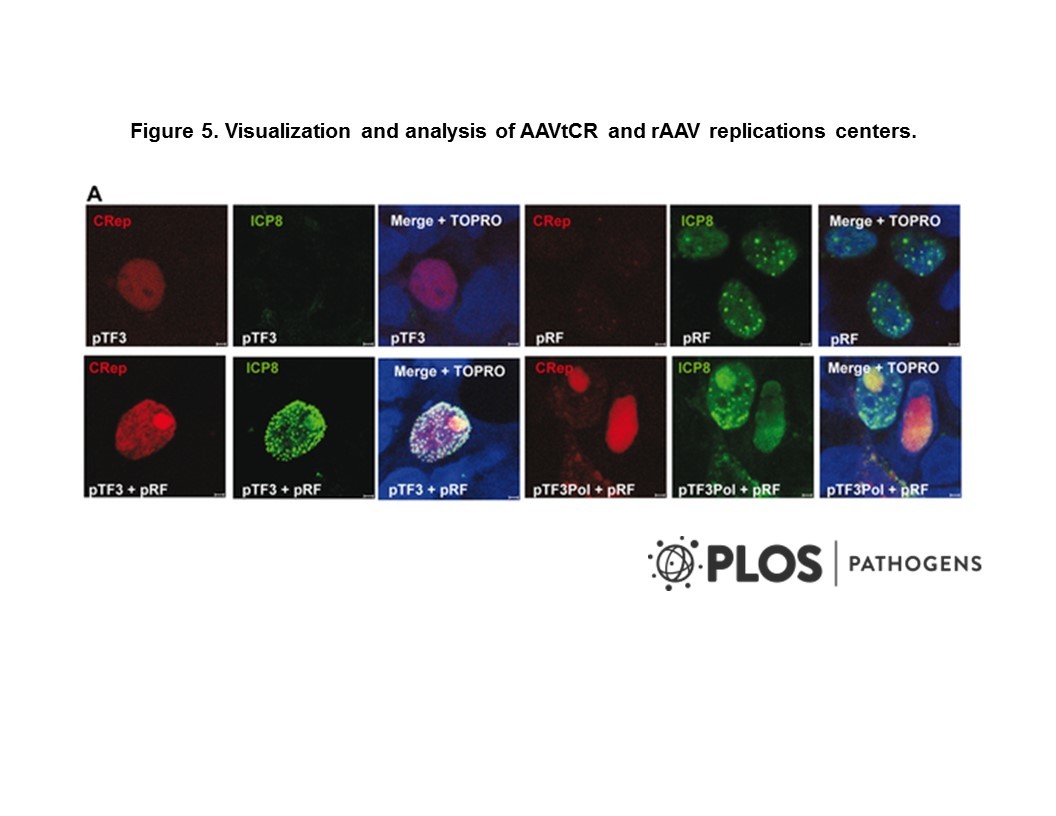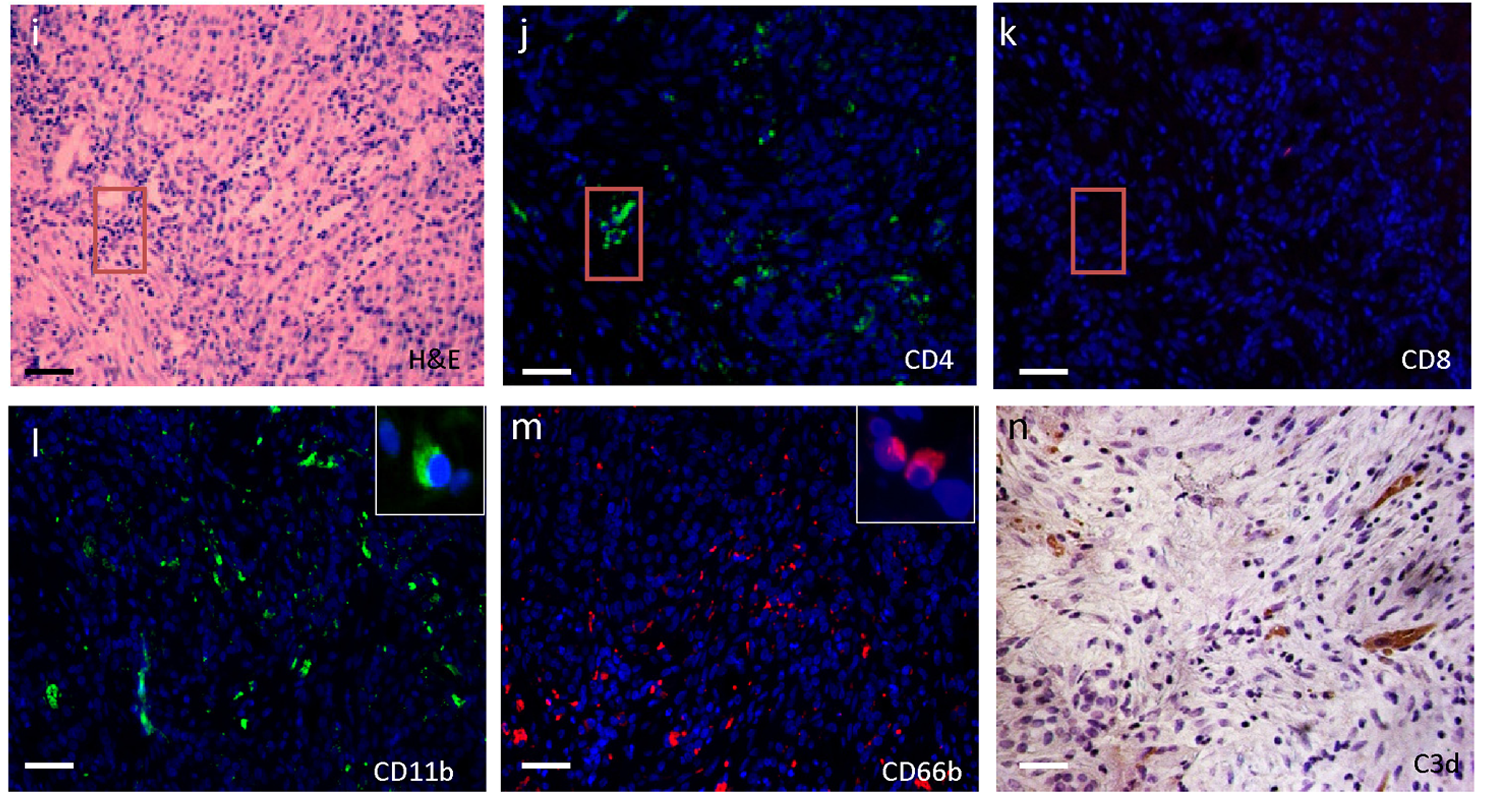
Cat. #153500
Anti-6His Tag [8F9]
Cat. #: 153500
Sub-type: Primary antibody
Unit size: 100 ug
Target: Hexahistidine
Class: Monoclonal
Host: Mouse
This fee is applicable only for non-profit organisations. If you are a for-profit organisation or a researcher working on commercially-sponsored academic research, you will need to contact our licensing team for a commercial use license.
Contributor
Institute: Clonegene LLC
Tool Details
*FOR RESEARCH USE ONLY
- Name: Anti-6His Tag [8F9]
- Alternate name: 6-His, His-tag, 6xHis tag, 6xHis-tag
- Research fields: Tags and cell markers
- Clone: 8F9
- Tool sub type: Primary antibody
- Class: Monoclonal
- Purpose: Marker
- Conjugation: Unconjugated
- Host: Mouse
- Description: Polyhistidine-tags are often used for affinity purification of polyhistidine-tagged recombinant proteins expressed in Escherichia coli and other prokaryotic expression systems. Bacterial cells are harvested via centrifugation and the resulting cell pellet lysed either by physical means or by means of detergents and enzymes such as lysozyme or any combination of these. At this stage raw lysate contains the recombinant protein among many other proteins originating from the bacterial host. This mixture is incubated with an affinity resin containing bound divalent nickel or cobalt ions, which are available commercially in different varieties. Nickel and cobalt have similar properties and as they are adjacent period 4 transition metals ((v. iron triad)). These resins are generally sepharose/agarose functionalised with a chelator, such as iminodiacetic acid (Ni-IDA) and nitrilotriacetic acid (Ni-NTA) for nickel and carboxylmethylaspartate (Co-CMA) for cobalt, which the polyhistidine-tag binds with micromolar affinity. The resin is then washed with phosphate buffer to remove proteins that do not specifically interact with the cobalt or nickel ion. With Ni-based methods, washing efficiency can be improved by the addition of 20 mM imidazole (proteins are usually eluted with 150-300 mM imidazole). Generally nickel-based resins have higher binding capacity, while cobalt-based resins offer the highest purity. The purity and amount of protein can be assessed by SDS-PAGE and Western blotting.
- Immunogen: 6-His
Target Details
- Target: Hexahistidine
- Tissue cell line specificity: Mouse
- Target background: Polyhistidine-tags are often used for affinity purification of polyhistidine-tagged recombinant proteins expressed in Escherichia coli and other prokaryotic expression systems. Bacterial cells are harvested via centrifugation and the resulting cell pellet lysed either by physical means or by means of detergents and enzymes such as lysozyme or any combination of these. At this stage raw lysate contains the recombinant protein among many other proteins originating from the bacterial host. This ...
Handling
- Format: Liquid
- Unit size: 100 ug
- Shipping conditions: Shipping at 4° C





